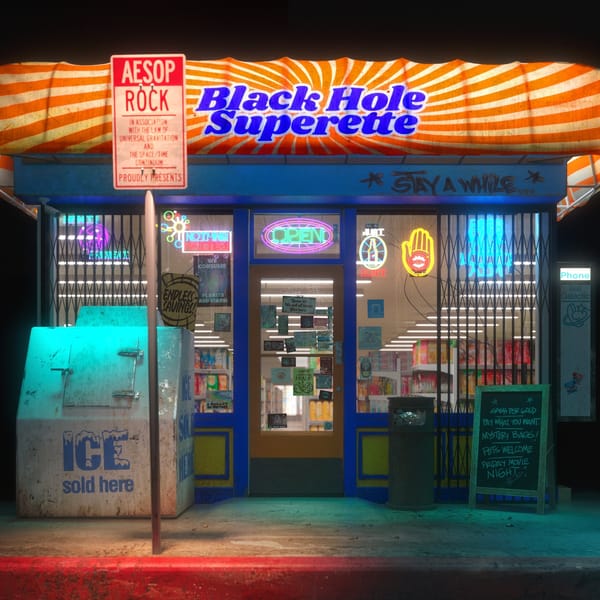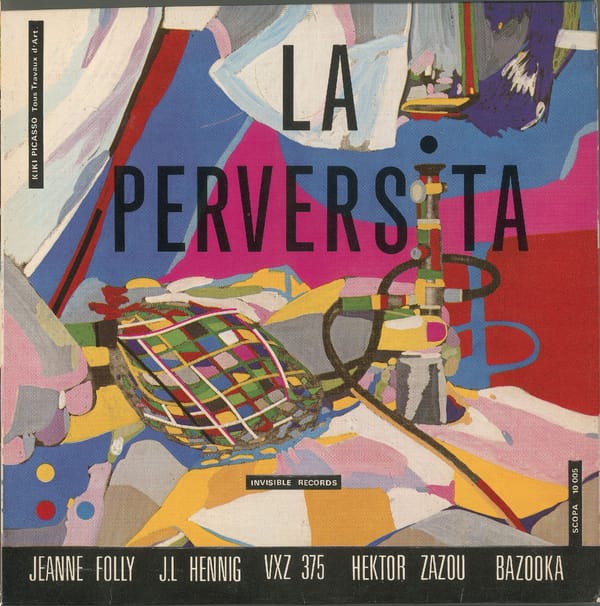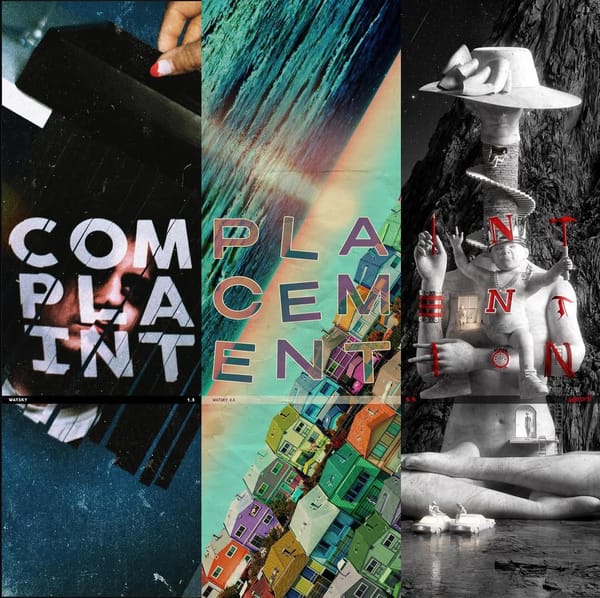The Nice, Elegy
Progressive rock band The Nice's final album cover, by Hipgnosis
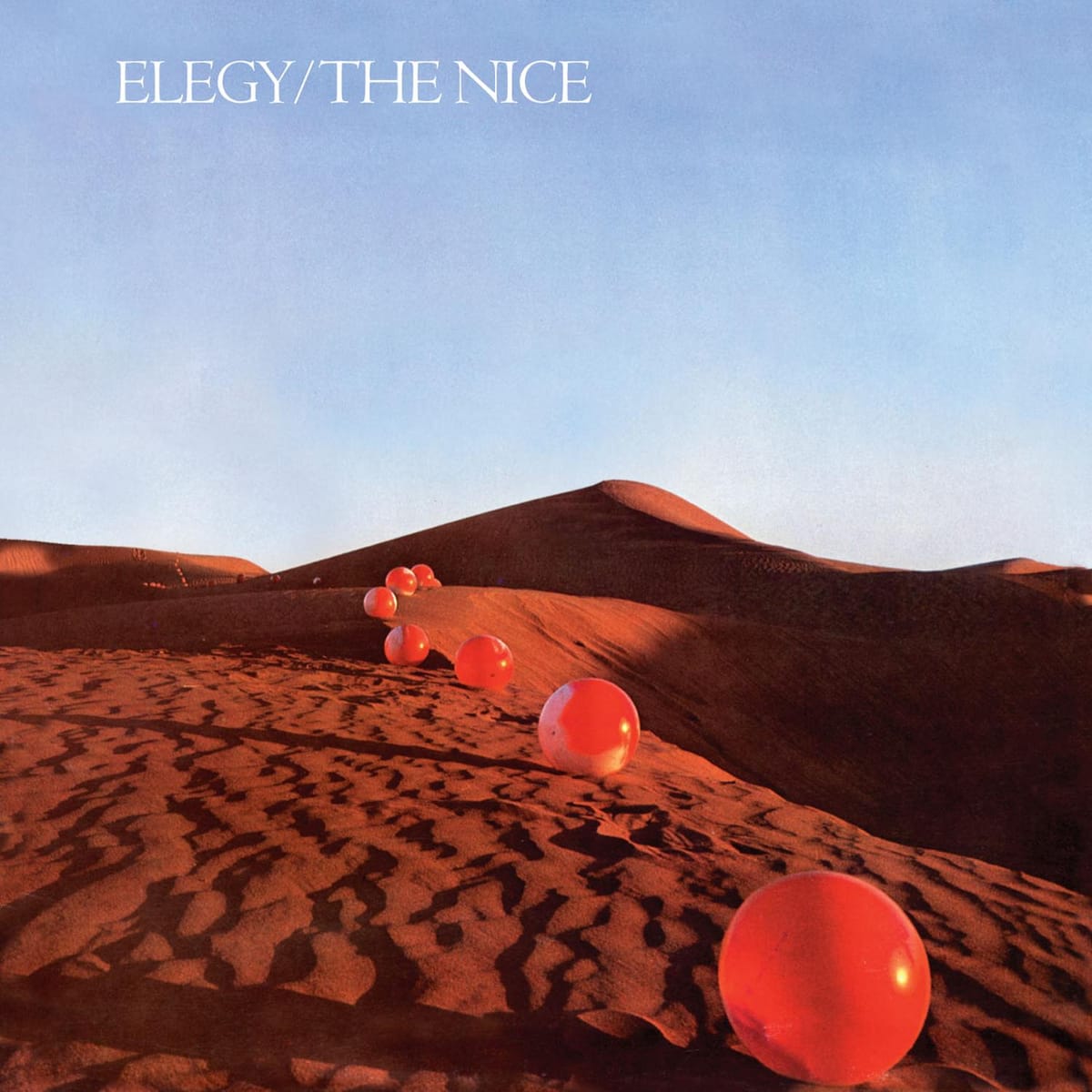
Elegy is the final official album release of 60's progressive rock band, The Nice. The original 1971 release had four songs—two live tracks, a cover of Bob Dylan's My Back Pages, and a 7-minute rendition of the third act of Tchaikovsky's Pathétique Symphony (No. 6 in B minor). The later 2009 digital remaster available on streaming services currently adds another version of the Tchaikovsky piece and another Bob Dylan cover.
We laid out the balls, placing them carefully along the edge of a dune in the Sahara. We brushed away our footprints (we'd taken a broom, would you believe?) and shot just one roll of film before the sun went down - hence the long shadows.
— Aubrey Powell in Vinyl: The Complete Hipgnosis Catalogue
The cover was created by legendary album cover artists Hipgnosis, and it's discussed in Aubrey Powell's book, Vinyl: The Complete Hipgnosis Catalogue. In the book, Aubrey shares some light detail about the creation of the cover, as well as a story about paying a bunch of Morrocan locals to inflate the balls, and then having their hotel keys stolen.
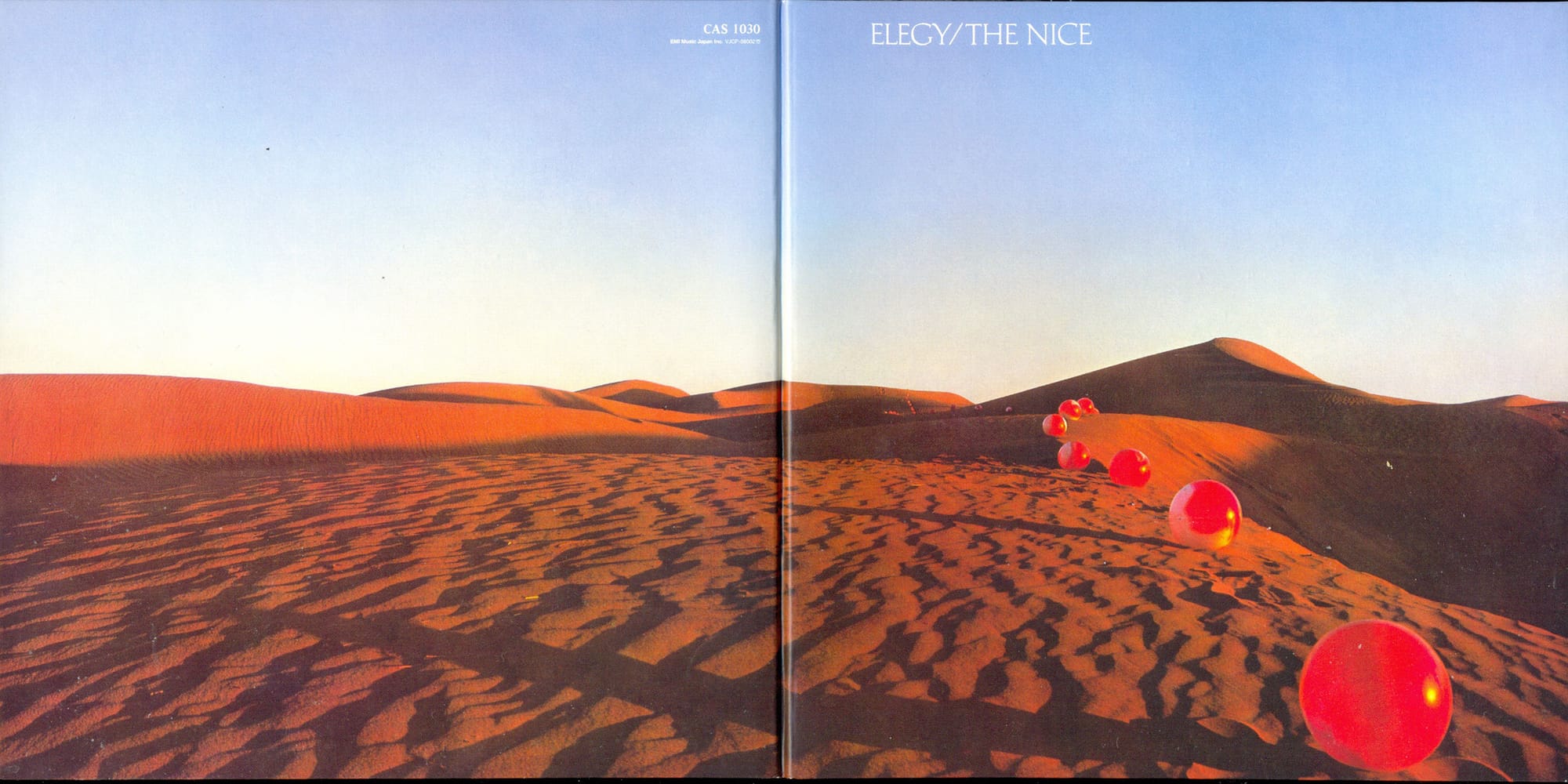
The album cover as a whole is a landscape photograph in the Sahara desert. On the front, several large red-orange balls are placed in the sand, with long shadows as the sun sets. The balls move away from the viewer, rising and falling over the terrain, until they reach the horizon where they can hardly be seen. Above the sand sits an empty blue sky. The back cover extends the sandy terrain and sky; both empty. Some versions contain copyright notices or track-listings on the back side.
Altogether, this album is a send-off, a goodbye, an elegy. The day is soon to be over, the balls travel toward the horizon and out of sight. It's a somber theme yet the music is playful; possibly sharing that while goodbyes our sad, we should enjoy the last bit of time we have. Additionally, Tchaikovsky's Pathétique Symphony was the composers' final completed symphony, and Elegy is the final official album release of The Nice.
This is one of my personal favorite album covers, it was the first to catch my eye when I first took out Aubrey Powell's book from the library. I'd like to apologize to any of my peers looking for album cover books, for I've monopolized them, leaving an empty 2 foot space on the shelf.
The movement, the simplicity, the intrigue, it all hits me perfectly. Furthermore, what is nowadays a small photoshop or 3D render once required traveling to Morocco, paying locals to inflate balls, trekking through the Sahara, placing balls, taking photos and hoping one is good enough. That 50 years ago, someone put in the effort to create this, where it is largely forgotten by the contemporary public yet is engraved in the mind of someone like me, strikes me as an incredible (and likely pretentious) statement of the effect of art.
Another topic this raises to me is the general loss of the reverse side of the album cover. Streaming platforms do not include the reverse side, which is essentially cutting the artwork in half. I believe this album's cover benefits from the reverse side, it enhances the feeling of emptiness. This loss, and the loss of other physical items included with physical media can limit the possibilities of an artwork, and the impact they can create.

